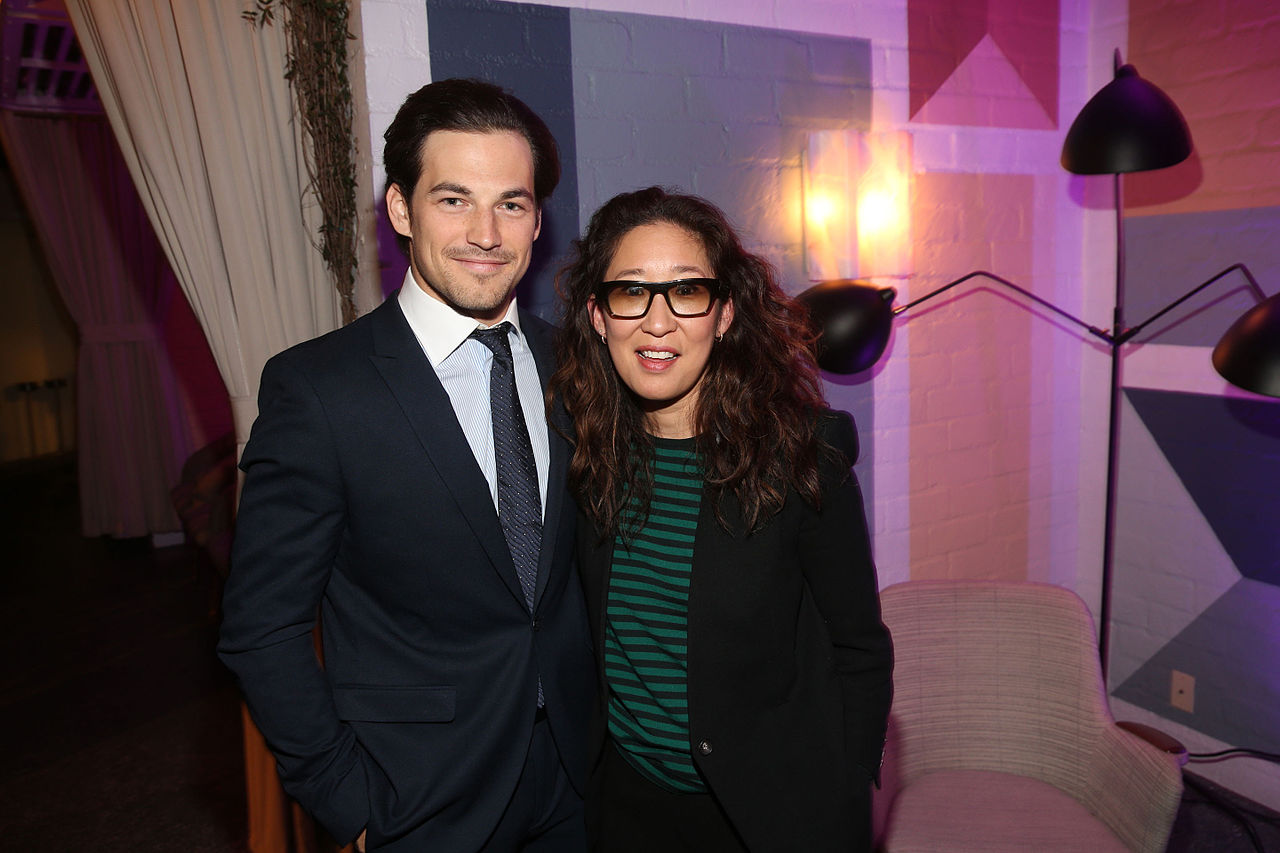Views expressed in opinion columns are the author’s own.
The annual Emmy Awards were earlier this week, and this year, the awards were the least exciting part.
This year’s Emmys boasted the most nominees of color in history. Thirty-eight were nominated, breaking the record of 27 nominees of color set in 2017. This move towards a more inclusive awards show has been making headlines, and has prompted waves of support for a future of diverse entertainment.
However, aside from the problem that an awards show with 122 categories had just 38 nominees of color, it was impossible to ignore the greater problem: Very few of those nominees won. Between the two Emmy Award shows — the Primetime Emmy Awards and the Creative Arts Emmy Awards — only nine people of color won awards. The rest of the winners were white.
Even nominees who were expected to win, including Sandra Oh for her lead role in Killing Eve and Hiro Murai for directing Atlanta, and also known for his work on Childish Gambino’s This is America music video, were overlooked. Oh’s nomination was groundbreaking, as she was the first Asian woman to be nominated for Outstanding Lead Actress in a Drama Series. Her loss to The Crown‘s Claire Foy means that, as of right now, only three actors of Asian descent have ever won an Emmy.
Shows featuring multiple people of color in their casts and crews received awards, such as RuPaul’s Drag Race and Netflix’s Queer Eye. Such shows received the recognition they deserve — a positive point in the midst of this mess.
But on the whole, shows with rather monochrome casts, like Game of Thrones dominated the night. Though the show is thrilling and wildly entertaining, it is a predominantly white production. So while it may be good enough to win Emmys, it must be acknowledged that a very white show is winning awards in a way that does not leave room for people or shows of color to achieve the same level of prestige.
The most startling example of the discrepancy between the number of people of color nominated and the number of white award winners was the repeated image of a presenter of color giving an Emmy to a white winner. Though people of color were included on the surface level as presenters and speakers, and diversity-related humor appeared throughout the event, the fact remains that people of color were disproportionately slighted.
While fans of the snubbed actors may not think that celebrities of color need the validation of a historically white-leaning awards institution, the gold trophy can go a long way in securing the future of an actor’s career or their show. Shows that win Emmys are more likely to continue than those that aren’t allowed to put “Emmy Winning” in their trailers and opening credits. Actors with an Emmy on their resume are more likely to be hired for bigger shows and movies.
Though the racism integrated into Hollywood’s awards system is expected and tiring, the effects are not limited to audience disappointment. Awards institutions’ refusal to honor and recognize actors of color can ultimately lead to fewer people of color being chosen to be part of blockbuster films.
Award shows and the entertainment industry as a whole have a history of whiteness. Though there have been waves of diversity, like the surge in nominees of color in the 2016 Emmys and the wave of inclusive shows in 2015, we keep coming back to the same baseline of whiteness dominating entertainment. It’s time that award institutions recognize that their choices are significant and can impact communities.
This pattern isn’t exclusive to Hollywood; the illusion of diversity and movements toward inclusion can be found in every industry, establishment, and institution. As the Emmys show us, it’s not enough to preview diversity and inclusion — administrations and institutions in power must actively and aggressively work toward it.
Jasmine Baten is a junior English major. She can be reached at jasminebaten137@gmail.com.



